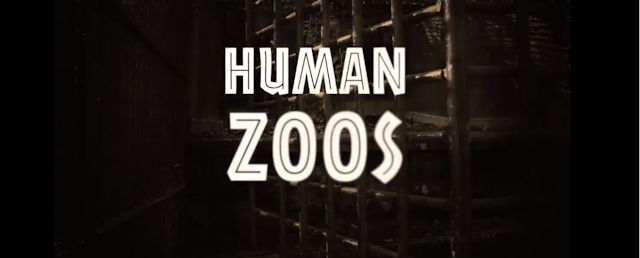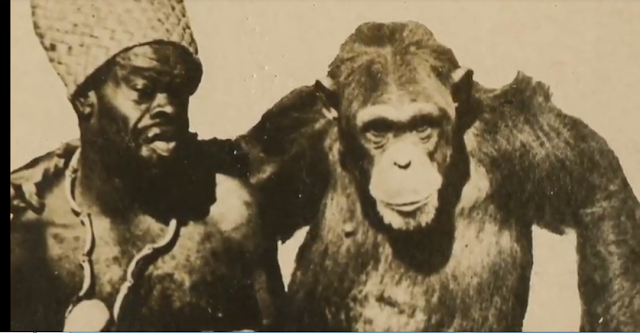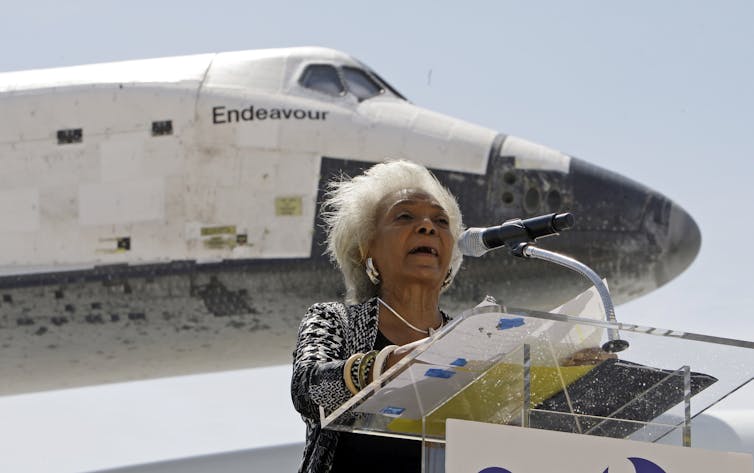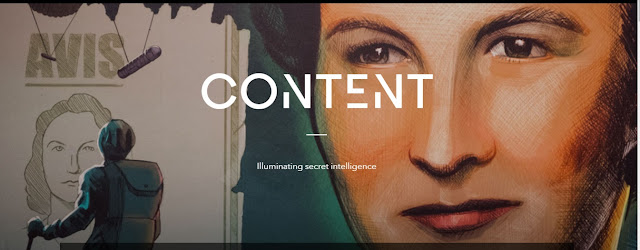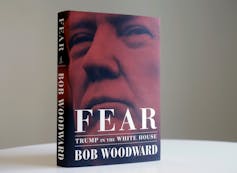 |
| Paul Pryce (PRNewsfoto/Pryce Entertainment) |
The Caribbean Tales Incubator Film Lab allows Caribbean producers to pitch their prospective television projects to industry insiders during the Breakfast at TIFF series at the TIFF Lightbox, held this year on Sunday, September 9.
Pryce's pitch for Serpents Mouth was voted Best Pitch by a panel of judges and received the People's Choice Award from an audience of media and industry professionals at the event.
Serpents Mouth is a television adaptation of Pryce's 14-minute proof of concept film The Deliverer which will have its World Premiere on Saturday, September 15 at 9pm at The Royal Cinema, downtown Toronto.
The Deliverer is part of the Caribbean Tales Film Festival, a showcase for Caribbean films presented during TIFF from September 5 through 20.
The Deliverer was written and produced by Pryce who also appears in the leading role. His longtime collaborator, Ron Morales directs. Their last film Come Out, Come Out, had its World Premiere at last year's Cannes Film Festival.
Pryce holds an MFA in acting from the Yale School of Drama. He appeared in Marvel's Jessica Jones, A+E's Unforgettable as well as in plays across the United States, before launching Paul Pryce Entertainment to produce his own content.
The Deliverer is inspired by real events. Set in Trinidad, it tells the story of a fisherman who fails to stop a corrupt Government from destroying his village to make way for an oil refinery. He eventually brokers a deal with a drug runner to traffic cocaine and raise the funds to bribe the government into aborting their plan.
Also, in development for Pryce is a romantic-drama titled Between Us, a feature film set in New York Cityand Korea, which is a collaboration with actor/filmmaker Hyojin Park.
⏩ Following Toronto, The Deliverer will have its Caribbean premiere at the Trinidad and Tobago Film Festival, followed by its Ontario premiere at the Montreal International Black Film Festival, both later in September.
 |
| 'Serpents Mouth' - Still from trailer |
(Via thedeliverermovie.com)
About The Deliverer:
(Via thedeliverermovie.com)
About Paul Pryce:
(Via thedeliverermovie.com)
"Serpents Mouth is a crime drama with elements of thriller and neo-western set in the Caribbean. Imagine the morally ambiguous characters of Vince Gilligan's BREAKING BAD and Netflix’s NARCOS but set in conflicting dual worlds as in Steven Soderbergh's 'the war on drugs' classic TRAFFIC.
This television series follows Joseph Chike, a righteous-minded Trinidadian fisherman on a hunger strike, as he protests a corrupt government forcing his village off ancestral land to make way for an oil refinery.
When Joseph loses the support of the village he brokers a deal with Shane Khan a mysterious Venezuelan drug dealer to raise a hefty bribe to pay off a power mongering government official.
He must traffic cocaine across Serpents Mouth: the perilous body of water that separates Trinidad and Venezuela.
With a fraternal partnership forged in crime, Joseph and Shane build a thriving drug cartel as Joseph struggles to keep his family together and maintain peace in the village. With attacks from rival cartels and terrorist groups even political blackmail being rampant, Joseph must contend with Shane’s dark past as he navigates this criminal underworld while salvaging what’s left of his morality.
Serpents Mouth unfolds in a remote fishing village in Trinidad and Tobago, a lawless refuge in Tucupita, Venezuela and across the treacherous strait of - Serpents Mouth."
 |
| 'Serpents Mouth' - Still from trailer |
(Via thedeliverermovie.com)
- The feature length screenplay for The Deliverer, from which SERPENTS MOUTH – a television series has been adapted, was a 2017 Sundance Institute Screenwriting Finalist.
- The character of Shane Khan is inspired by real life Caribbean drug kingpin Nankissoon ‘Dole Chadee’ Boodram. He along with eight of his men were executed over four days by the government for the massacre of a family of four in Trinidad during the 1990s. It was rumored that Chadee had a number of high level government officials facilitating his drug trade.
- The Joseph Chike character and Chike Village are inspired by an activist who underwent a hunger strike and led a rural community in Trinidad in protest of a government funded highway projected to displace them of their land and destroy the surrounding mangrove.
- With the current humanitarian crisis unfolding in Venezuela following the collapse of their economy there has been an influx of refugees fleeing to neighboring Trinidad and an emerging trade where drugs and contraband are being bartered for food, diapers and soap in lieu of cash.
 |
| Paul Pryce |
(Via thedeliverermovie.com)
Notable Television credits as an actor include Netflix original series Marvel’s Jessica Jones, Unforgettable (A+E). Theatre: Hamlet with Academy Award nominee Paul Giamatti; Yale Repertory Theatre, Pericles; Prince of Tyre and Julius Caesar. As a writer producer his debut film; Come Out, Come Out (World Premiere; Cannes Short Film Corner 2017).
His feature length screenplay for The Deliverer was a shortlisted finalist at the 2017 Sundance Institute Screenwriters Lab. An alum of the Yale School of Drama. Paul was born and raised in Trinidad and Tobago.
Filmography (IMDb): S0.CI3.TY, Unforgettable, Jessica Jones, Snapshots, Missing
SOURCE: Pryce Entertainment
The Deliverer - Trailer:


